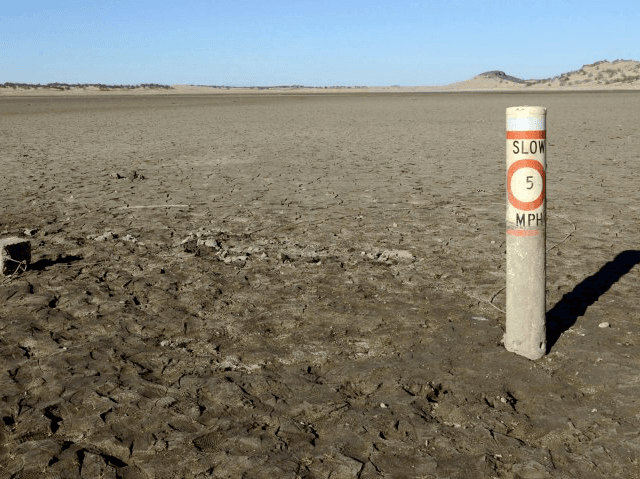On April 9, the National Oceanic and Atmospheric Administration (NOAA) officially declared a strong El Niño advisory reflecting substantially above-average surface sea temperatures forming across the equatorial Pacific. This means that there is a 60 to 70 percent probability that America could experience a monster winter like the El Niño that hit in 1997-1998, causing torrential rains in the Southeast, ice storms in the Northeast, tornadoes in Florida, and mass flooding in California.
With slightly warmer temperatures in the equatorial Pacific last spring, some Americans hoped that a weak El Niño would form, bringing wetter than normal conditions across the southern third of the U.S. and warmer than normal conditions across much of the northern two-thirds of the U.S. But slight Pacific surface water warming faded. Instead, last winter saw record warm temperatures and intensifying drought in the Western U.S., while arctic air sweeping down brought freezing snow and ice to the Eastern U.S.
El Niño does not come to North America; it is a phenomenon of periodic warming in the equatorial waters of the Pacific Ocean. Normally, the trade winds along the equator push the warmest waters into the western portions of the Pacific. But on an irregular basis of typically two to seven years, the trade winds slacken, or sometimes even reverse direction, and warmer-than-normal water accumulates along the equator in the central and eastern Pacific.
This warming is called El Niño, referring to the “Christ Child” because its effects tend to be greatest in the winter and often disrupt fishing along the South American coast during Christmas. Although El Niño occurs in the tropics, it impacts the globe, as the location of a huge mass of warming water causes the jet stream (storm track) to shift.
Since 1950, there have been 22 years in which the equatorial Pacific has warmed enough to be classified as an El Niño sometime during the year. But only the six years of 1957, 1965, 1972, 1982, 1987, and 1997 have become “strong” El Niños. The larger the area and the greater the amount of warming of the eastern Pacific’s equatorial waters, the greater the weather impact on other regions.
NOAA’s Climate Prediction Center announced on March 5 that sea-surface temperatures in the eastern tropical Pacific were beginning to be “elevated,” and local rainfall patterns were shifting in response. NOAA cautioned the pattern only looked like a very weak El Niño with only a 50 to 60 percent chance of lasting through summer. The event was not expected to drastically alter global weather patterns.
But on April 9, NOAA issued an El Niño advisory that there was a 70 percent chance that “El Niño would continue through Northern Hemisphere summer 2015, and a greater than 60% chance it will last through autumn.” The Advisory was issued as a “consolidated effort” of the National Oceanic and Atmospheric Administration, the National Weather Service, and other government funded weather research institutions.
NOAA emphasized that their El Niño forecast is “supported by the increase in subsurface temperatures, enhanced convection over the Date Line, and the increased persistence of low-level westerly wind anomalies.”
Of the ten costliest flood years in California since 1950, four happened during a season when there was a strong El Niño. The major weather pattern that causes flooding in California is when a strong surge of subtropical moisture dumps copious amounts of rain over a portion of California for five to seven days.
December 1996 and the first week of January 1997 brought tremendous amounts of rain and snow to California. From December 26 through January 3, there was over 20 inches of rain in some locations. Hundreds of thousands of people were forced to evacuate, and the state suffered about $1.8 billion in damages.
The next winter brought a strong El Niño impact that included four weeks in February of nearly continuous storm flooding, mudslides, and agriculture disruptions. California’s rainfall that month totaled 21.74 inches, breaking the all-time-record of 17.33 inches that had stood since 1867. For the year, California suffered 17 storm-related deaths and $550 million in damages. A record 35 counties were declared federal disaster areas.

COMMENTS
Please let us know if you're having issues with commenting.